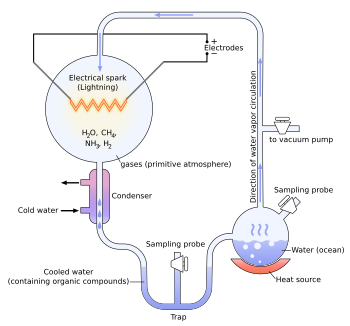Neapolitan, I assume what you're really wondering is whether the clumping trait is something the genomes of unicellular yeast are capable of; that they can arrange themselves either on their own or in clumps similar to how a rabbit can change from a dark summer coat to a white winter coat without having to "evolve" their DNA. The ability for a genome to express itself in different ways is called plasticity and it's something biologists study and are aware of. I've not read the scientific article yet, but I'm sure the scientific article will document some of the directional genetic changes which are a response (evolution) to the artificial selective pressure.
Plasticity and evolution is pretty basic stuff and it would be a very strange place to make a mistake. These guys would know about it and would know that in order to call it evolution, they should prove that what happened is not just another expression within the range of the organisms plasticity, but a novel behaviour caused by a genetic evolutionary response to the artificial selection pressure.
If you were to release multicellular yeast into an environment where being unicellular has the highest fitness benefit, then they should evolve back to a unicellular arrangement. I'm not sure if you feel that would disprove evolution and, if so, why.
edit :
Quote:
Originally Posted by duga

This is so cool! With the speed and relative ease that this took, imagine what it means in terms of evolution on other planets or even the drastic turns our evolution could have taken. If the environment had been even slightly different than the one our ancestors evolved in, we would be very different creatures.
Sadly, we biologists can add more and more evidence supporting evolution but we are going to keep getting the same responses... "If you are so sure, why is it just a theory?" Bah... A lot of times I just want to give up. The one thing we can't seem to make them understand is that if we are shown significant evidence disproving evolution, we would all start questioning it. Hell, I'd be one of the first ones to say we were wrong. Oh well.
Sorry for the rant. As far as the article goes... I will definitely have to track down that publication. Applying artificial selection has been something I've been very interested in. In fact, I've had ideas as a plant biologist that involve taking plants that produce novel drugs and studying how they evolved to produce them (some produce them to deter predators while some are meant to attract pollinators) and perhaps apply artificial pressure and get them to artificially evolve the drug to do something that we want. In a way, marijuana growers already do this to get a desired effect from their strain.
We are obviously a long way off from being able to do this with a great deal of control, but it's something to think about. I'm glad to see it in action.
|
It's definetly an interesting field and probably quite satisfying to work with. I can imagine biologists becoming quite fond of and excited about their breeding tanks/whatevers where they're evolving specific traits








 Linear Mode
Linear Mode
